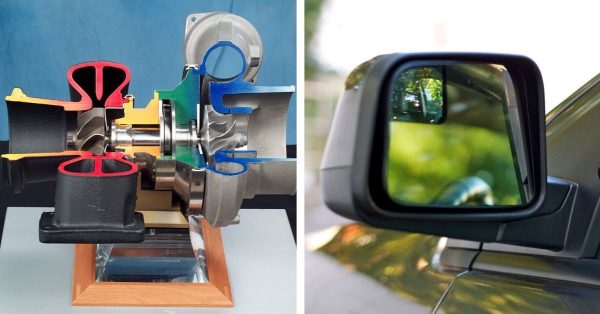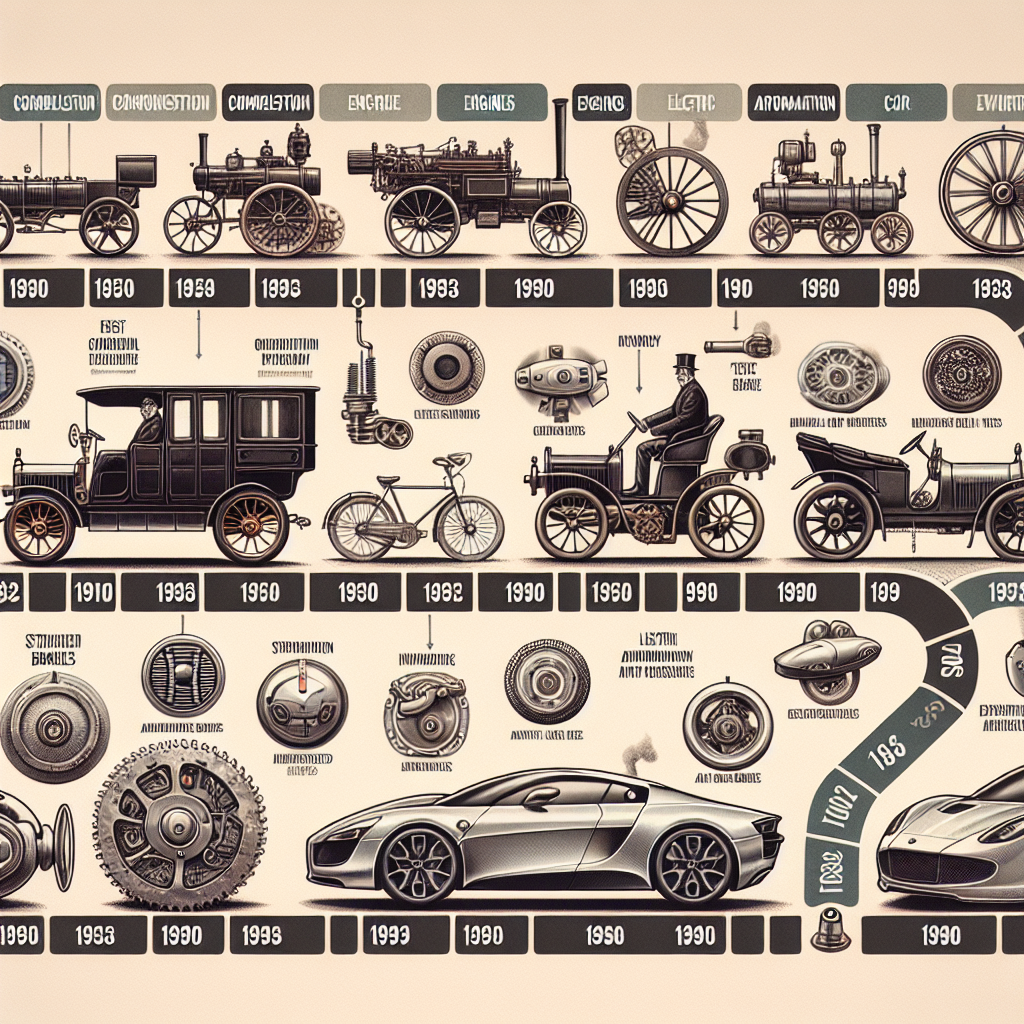
The Evolution of Automotive Engineering: From Steam to Smart Cars
Automobile engineering has undergone revolutionary changes since the inception of the first car. From steam-powered engines to AI-driven electric vehicles, automotive innovation has accelerated mobility, safety, and sustainability. This post explores over 20 of the greatest innovations and inventions that have defined automobile engineering over the last two centuries.
The Pioneering Era: Laying the Foundation
1. The Internal Combustion Engine
The internal combustion engine (ICE) remains the backbone of automobile engineering. Conceptualized in the 19th century, innovators like Nikolaus Otto and Karl Benz transformed bulky steam-driven machines into practical vehicles by developing gasoline-powered engines.
2. Four-Stroke Engine Cycle
Otto’s four-stroke engine, also known as the Otto Cycle, defined how modern combustion engines operate through intake, compression, combustion, and exhaust strokes—setting the efficiency standard for generations.
3. Manual Gearbox
Early cars lacked gear systems, but the integration of manually operated transmissions revolutionized vehicle performance, allowing drivers more control over speed and torque.
Mid-20th Century Boom: Innovations Go Mainstream
4. Automatic Transmission
Introduced in the 1940s, automatic transmissions made driving easier by removing the need for manual gear shifts. This innovation played a major role in making cars more accessible to a broader population.
5. Front-Wheel Drive (FWD)
By positioning the engine and driven wheels at the front, manufacturers improved vehicle weight distribution and interior space, culminating in more compact and efficient designs.
6. Power Steering
Power-assisted steering transformed driver comfort by reducing the physical exertion required to maneuver a vehicle, especially at low speeds.
7. Disc Brakes
The introduction of disc brakes offered better stopping power and heat dissipation over drum brakes, significantly improving safety.
8. Anti-lock Braking System (ABS)
ABS prevents wheel lockup during hard braking, ensuring that drivers can maintain steering control—especially vital on slippery roads.
Engineering for Performance and Safety
9. Turbocharging and Supercharging
These systems force more air into the combustion chamber, increasing the engine’s power output without increasing engine size.
10. Crumple Zones
First introduced by Mercedes-Benz in the 1950s, crumple zones are designed to absorb energy during a collision, reducing risk to passengers by protecting the cabin area.
11. Airbags
A hallmark of modern safety, airbags protect passengers by deploying in milliseconds upon impact, complementing seatbelts to reduce injuries.
12. Traction and Stability Control
These computer-controlled systems help maintain grip and directional control, especially on uneven or slippery terrain, by adjusting engine output and applying brake force where needed.
Digital Transformation and Smart Technologies
13. Electronic Fuel Injection (EFI)
Revolutionizing fuel delivery, EFI replaced carburetors with computer-controlled injectors, improving fuel efficiency, emissions, and engine performance.
14. OBD Systems (On-Board Diagnostics)
OBD systems monitor vehicle health through sensors and output diagnostics that help in timely maintenance and reduce emissions.
15. GPS Navigation Systems
Navigation has been transformed through GPS systems, allowing for real-time traffic updates, route optimization, and enhanced logistical operations for commercial fleets.
The Electric and Autonomous Age
16. Hybrid Powertrains
Combining the benefits of internal combustion engines and electric motors, hybrids reduce fuel consumption and emissions with intelligent energy management.
17. Fully Electric Vehicles (EVs)
EVs produce zero emissions, require fewer moving parts, and offer instant torque, making them the flagbearers of sustainable mobility.
18. Autonomous Driving Systems
Powered by AI, radars, cameras, and LIDAR, autonomous systems offer promising advancements in safety and efficiency—paving the way toward driverless mobility.
19. Advanced Driver Assistance Systems (ADAS)
From lane-keeping to automatic emergency braking, ADAS technologies are bridging the gap between human-controlled and fully autonomous vehicles.
20. Vehicle-to-Everything (V2X) Communication
V2X allows cars to communicate with other vehicles, infrastructure, and pedestrians, enabling proactive safety measures and traffic optimization.
Looking Ahead: What’s Next in Automotive Innovation?
Automobile engineering has evolved from mechanical ingenuity to digital precision. With rising concerns about climate change and urban congestion, the future will likely be defined by:
- Solid-state batteries providing higher energy density and shorter charging times for EVs.
- Fully autonomous ride-sharing fleets that reduce car ownership and traffic density.
- Lightweight composite materials that enhance efficiency without compromising safety.
Conclusion
The automobile industry is a testament to human creativity and technological progress. These 20+ innovations not only made driving safer and more enjoyable but also redefined transportation itself. From combustion engines to connected, intelligent vehicles, the road ahead promises more breakthroughs that will continue to revolutionize how we move across the world. Whether you’re an engineering enthusiast, car lover, or tech aficionado, appreciating these automotive milestones helps us better understand the journey and future of automobile engineering.



Leave a Reply